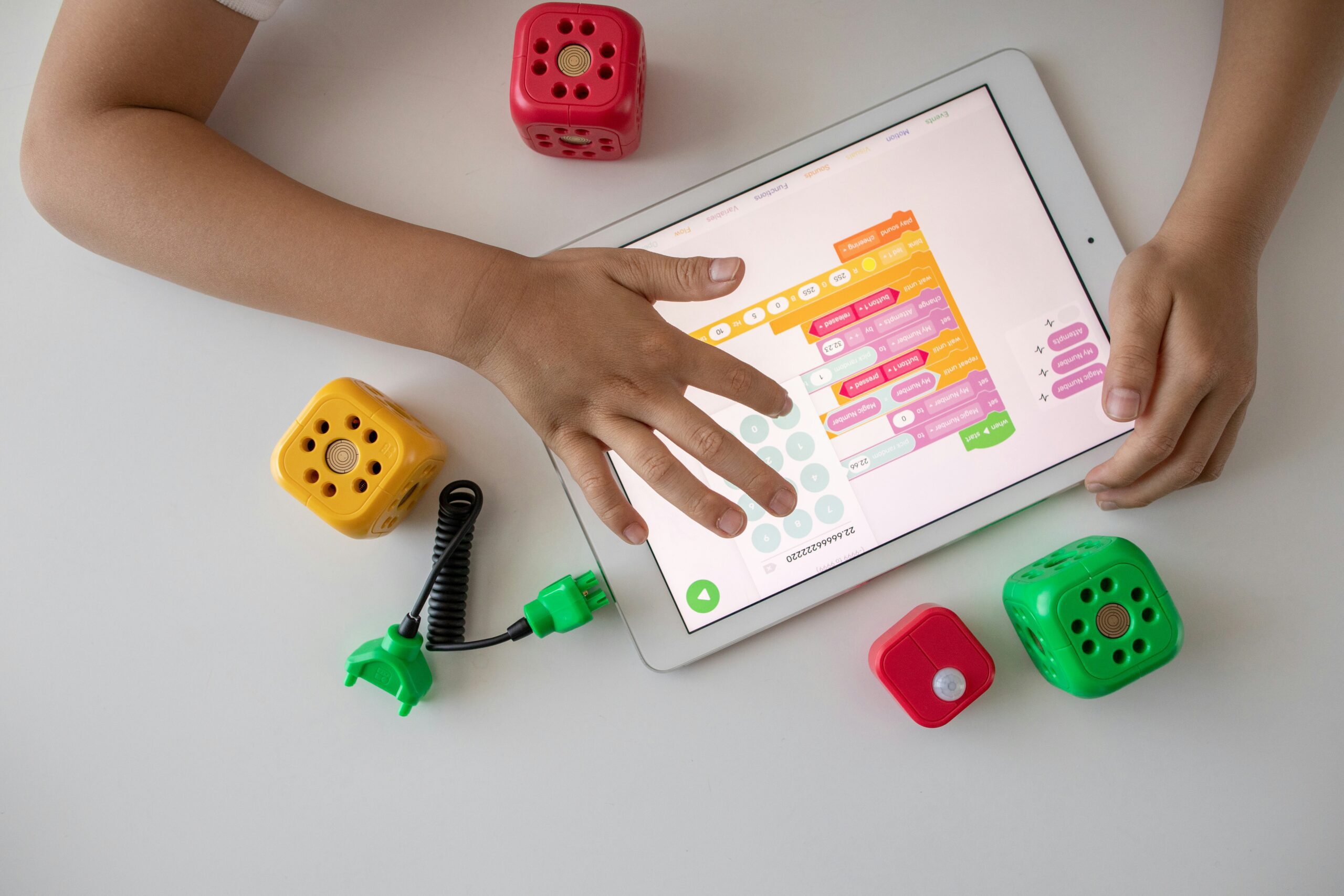In today’s globalized world, learning a new language has become increasingly important. Whether for personal growth, career advancement, or connecting with people from different cultures, language learning has become a valuable skill. With the advent of technology, language learning platforms and apps have made it easier than ever to acquire new languages.
However, not all language learning platforms are created equal. The user interface (UI) and user experience (UX) play a crucial role in creating engaging experiences that facilitate linguistic mastery. In this blog post, we will explore the key elements of UI/UX design for language learning and how they contribute to effective language acquisition.
1. Intuitive Navigation
When it comes to language learning, intuitive navigation is essential. Users should be able to easily find their way around the platform or app without feeling overwhelmed or confused. A well-designed UI should have clear and logical menu structures, allowing users to navigate effortlessly between lessons, exercises, and progress tracking.
2. Personalized Learning Paths
Every language learner is unique, with different goals, interests, and learning styles. A good language learning platform should offer personalized learning paths that cater to individual needs. This could include adaptive learning algorithms that adjust the difficulty level based on the user’s progress, as well as the ability to customize the learning content and pace.
3. Engaging Visuals and Interactive Elements
Language learning can sometimes be perceived as dry and monotonous. To combat this, UI/UX designers should incorporate engaging visuals and interactive elements into the learning experience. This could include colorful graphics, animations, and gamification elements that make the process more enjoyable and motivating.
4. Clear Instructions and Feedback
Effective language learning requires clear instructions and feedback. UI/UX designers should ensure that the instructions for each lesson or exercise are concise and easy to understand. Additionally, providing immediate feedback on the user’s performance can help them track their progress and identify areas for improvement.
5. Seamless Integration of Multimedia
Language learning is not limited to text-based materials. UI/UX designers should consider integrating multimedia elements such as audio recordings, videos, and interactive dialogues. This provides users with a more immersive learning experience and helps them develop listening and speaking skills alongside reading and writing.
6. Social and Community Features
Learning a language is often a social activity. UI/UX designers should incorporate social and community features into language learning platforms to encourage collaboration and interaction among learners. This could include features such as discussion forums, language exchange programs, and virtual classrooms.
7. Progress Tracking and Motivation
Tracking progress and providing motivation are crucial for language learners. UI/UX designers should include features that allow users to track their progress, set goals, and receive rewards or achievements for reaching milestones. This not only helps users stay motivated but also provides a sense of accomplishment and progress.
8. Mobile-Friendly Design
In today’s mobile-driven world, it is essential for language learning platforms to have a mobile-friendly design. UI/UX designers should ensure that the platform or app is responsive and optimized for different screen sizes. This allows users to learn on the go, anytime and anywhere, making language learning more accessible and convenient.
Conclusion:
UI/UX design plays a crucial role in creating engaging experiences for language learners. By incorporating intuitive navigation, personalized learning paths, engaging visuals, clear instructions and feedback, seamless integration of multimedia, social and community features, progress tracking, and mobile-friendly design, language learning platforms can provide users with effective and enjoyable language acquisition experiences. As technology continues to evolve, UI/UX designers have the opportunity to innovate and create even more immersive and interactive language learning experiences that empower individuals to master new languages.











Leave a Reply